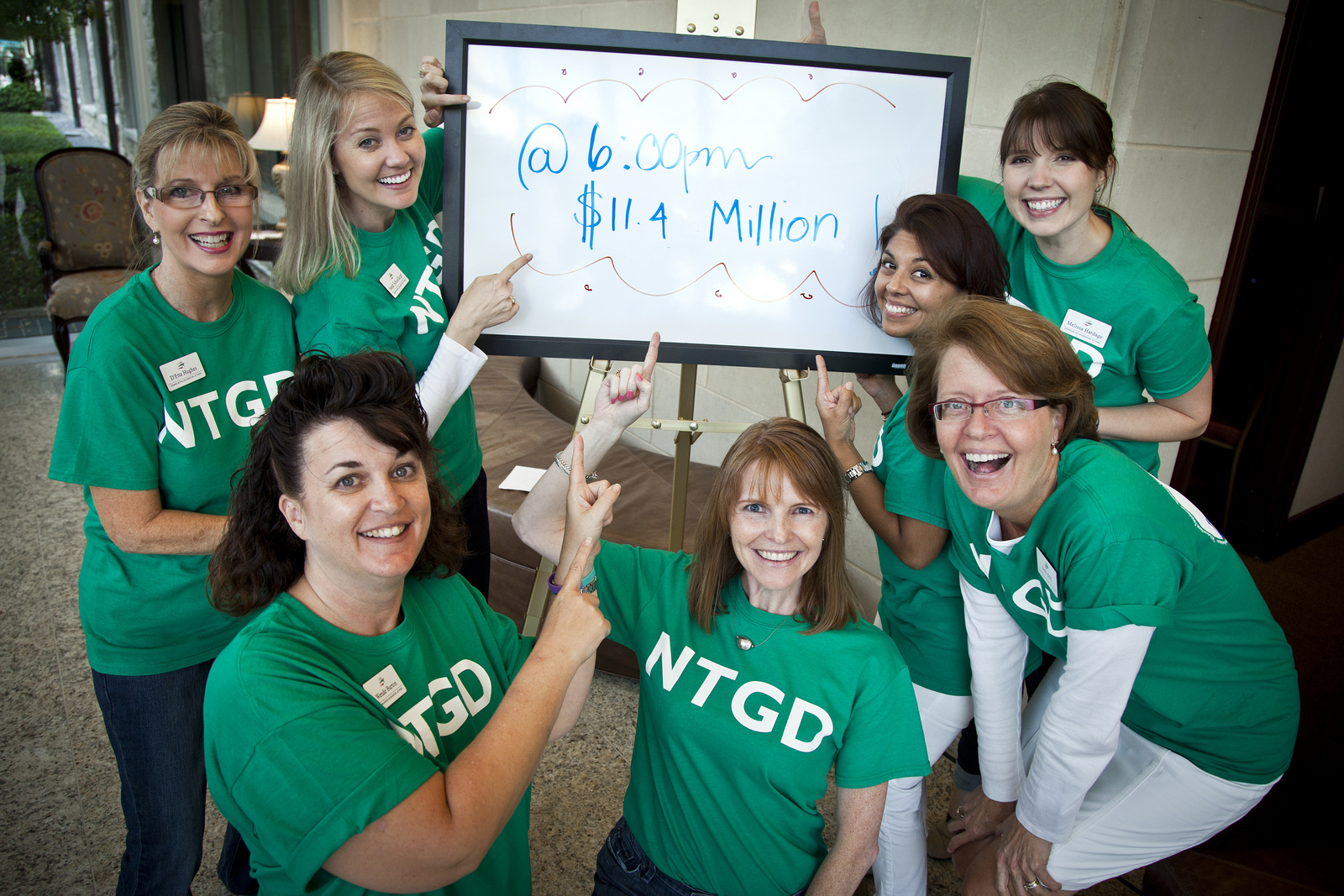
Beyond the numbers: 3 ways community foundations can benefit from #GivingDays
Photo credit: Flickr user: Communities Foundation of Texas
Knight Foundation just published a new Giving Day Playbook offering tips on organizing a 24-hour fundraising campaign. Here, one of the authors Mike Berkowitz, offers insights on how community foundations can think strategically about Giving Days.
Online Giving Days are an effective way for community foundations and other organizations to raise money and create excitement for local nonprofits. RELATED LINKS

Join us for a free webinar with CommA on planning Giving Days at 2 p.m. ET on Sept. 12. Register now.
Giving Days can generate a significant amount of money for local causes and create a buzz about community needs. However, these campaigns don’t automatically raise funds for the organizers. In fact, some community foundations operate Giving Days at a net financial loss.
To get value out of Giving Days, organizers must be thoughtful about setting goals and create a plan for how the Giving Day will explicitly benefit the foundation, as well as the participating nonprofits and the community. This may feel self-interested, but the organization behind the 24-hour event central to the Giving Day’s success, and to keeping these campaigns going strong into the future.
Below are three distinct ways community foundations can benefit from hosting a Giving Day:
1. Use the campaign to build skills
Giving Days offer an opportunity to position the community foundation as a capacity-builder for nonprofits by training them in areas where they need support, such as social media, online fundraising, and media outreach (see the Nonprofits/Training section in the Giving Day Playbook). If your community foundation is not an expert on these subjects, you can take advantage of the foundation’s unique role in the community to gather best practices and disseminate them to local nonprofits through trainings. Over time, the Giving Day organizer may be able to turn these trainings into a paid service.
2. Raise your profile
A Giving Day is a major marketing and branding opportunity, as the nonprofits participating will be reaching out to new donors far beyond your own network. However, you will have to work hard to make sure your name and your foundation’s message are heard.
At times, the role of the community foundation can be unclear. For example, the Giving Day will likely have its own name and logo (e.g. the Park City Foundation’s Live PC Give PC), distinct from that of the community foundation, and many participants will learn about the Giving Day through a sponsor or participating nonprofit. To maximize this promotion opportunity, put the Giving Day organizer’s logo (see ColoradoGives), and a very simple message about the foundation, on the Giving Day website and in every Giving Day communication.
The message is important, as you want the community – including participating donors and nonprofits – to gain a greater understanding (however brief) of what you do.
3. Build Financial Support
There are a variety of options for generating financial support for the Giving Day organizer from the Giving Day, both indirectly and directly:
- Indirectly: The organizer can build new relationships with major funders in the community through the process of cultivating and soliciting Giving Day sponsors. The Giving Day provides the organizing entity a very tangible new program – and role – to market to potential major donors. You can also find prospective new donor advised fund holders by following up with donors who demonstrate the needed capacity on the Giving Day (i.e. if your DAF minimum is $5,000, reach out to donors who give a total of $5,000 or more on the Giving Day).
Directly: Some Giving Days are structured to raise money exclusively for the event organizer’s foundation through specific projects or funds (see Legacy Foundation’s Give, Lead & Make a Difference in Lake County campaign). Even Giving Days that are open to the broader nonprofit community can include the community foundation or a particular project among the listed groups that donors can support. However, keep in mind that if you pursue this route, it will require the community foundation to compete for funds with participating nonprofits, which may cause some tension. Alternatively, community foundations can also raise money by taking a percentage of each contribution made on the Giving Day. That avenue may be controversial, since it reduces the amount that nonprofits will receive). Alternatively, community foundations can include a “tipping” option that enables donors to make a small contribution to the foundation each time they make a Giving Day donation.
Whatever options your community foundation chooses, think about the long-term, not just the Giving Day. How will you continue to leverage new media relationships and marketing opportunities to promote the community foundation? How will you train and support nonprofits after the Giving Day has passed? What innovative new programs will you run to engage and retain new donors in between annual Giving Days?
The Giving Day Playbook just published can help you think through some of these options.
Remember, the fun has just begun!
Recent Content
-
Community Impactarticle ·
-
Community Impactarticle ·
-
Community Impactarticle ·


